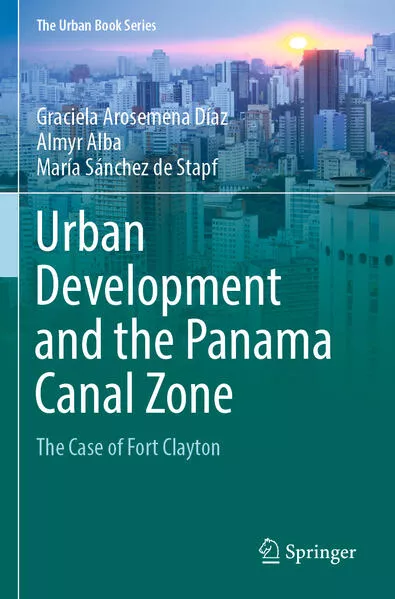
- Publikationen ca: 1
- Buchbewertungen ca: 1
- Gefolgt von 1 Nutzern
- Fragen & Antworten
Arosemena Díaz, Graciela / Alba, Almyr / Stapf, María Sánche
Graciela Arosemena Díaz, Ph.D., is currently a Professor at the University of Panama in the Department of Planning in the School of Architecture and is a member of the National System of Research (Sistema Nacional de Investigación). She combines teaching and research projects on urban sustainability and landscape. She is an architect and received her Master of Science degree in Urban Environment and Sustainability and her Ph.D. in Energy and Environment in Architecture, both from Universidad Politécnica de Cataluña (Barcelona Tech). She is the author and co-author of books and articles on landscape and urban sustainability.
Almyr Alba, M.Sci., is an architect and a historic preservation specialist, is currently Professor at the University of Panamá, in the School of Architecture. Her research, publications, and conservation practice have contributed to the conservation of several historic sites at Panama. Alba received her Master of Science degrees from theUniversity of Pennsylvania with emphasis in architectural conservation under the auspices of a Fulbright scholarship.
Maria Stapf, Sc.D., is currently a professor at the University of Panamá, in the Department of Botany, Universidad de Panama. She has been the botanical consultant in the National Forest and Carbon Inventory, within the framework of the Joint United Nations Program for the Reduction of Emissions from Deforestation (UN-REDD), Food and Agriculture Organization of the United Nations (FAO), and also has been a research assistant in Smithsonian Tropical Research Institute, Panama. Stapf received her Doctor in Science—Botany—from Universidade Estadual de Feira de Santana, Brazil.

Urban Development and the Panama Canal Zone
The construction of the Panama Canal at the beginning of the twentieth century created an enclave that ran parallel to the interoceanic waterway, controlled by the US government: the Canal Zone. This book aims to understand the implications that Panama Canal Zone urban planning had on human health, natural resources, and biodiversity through the study case of Fort Clayton, highlighting how the sanitary concerns shaped building regulations and the urban landscape of towns.